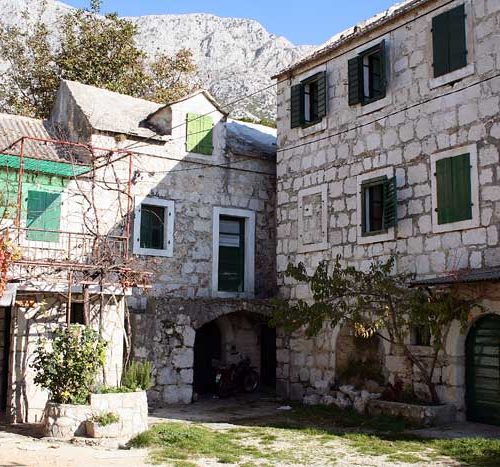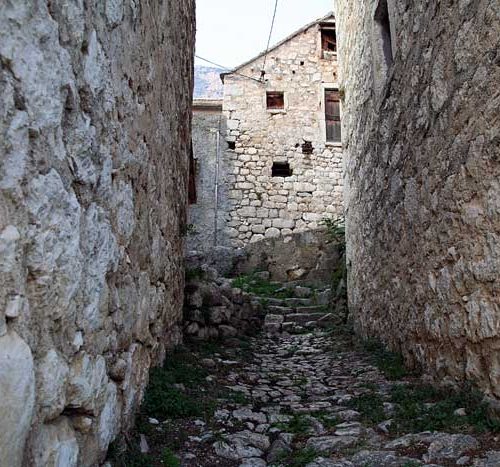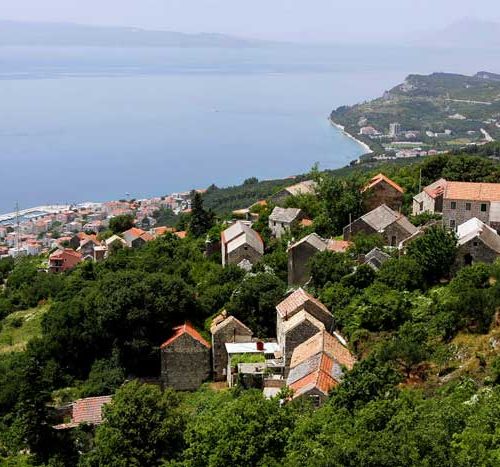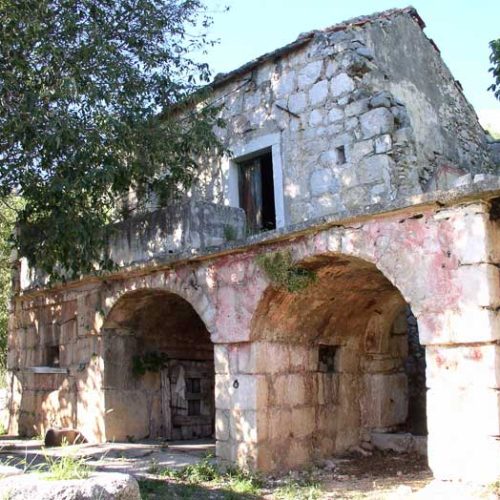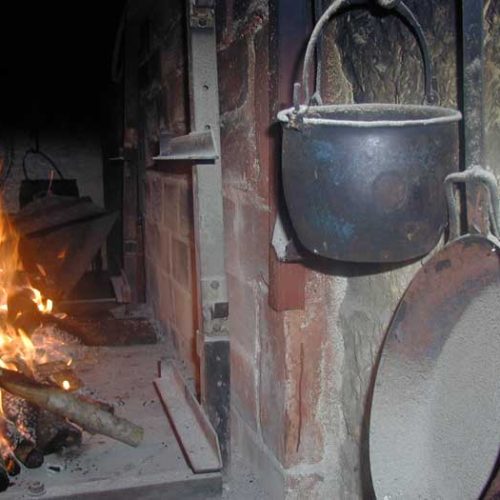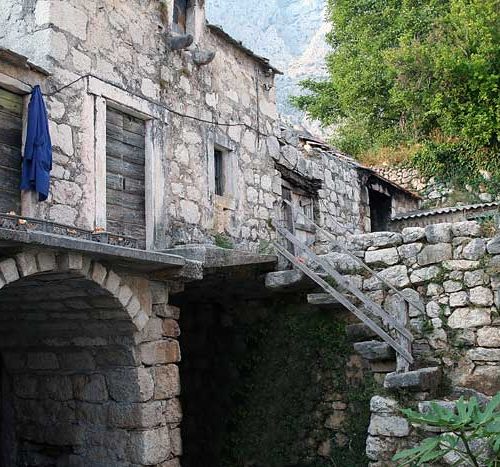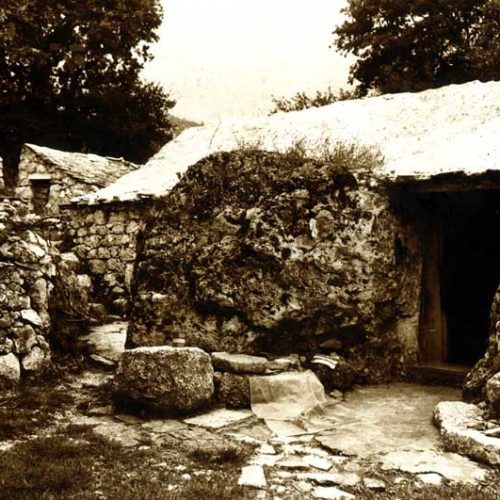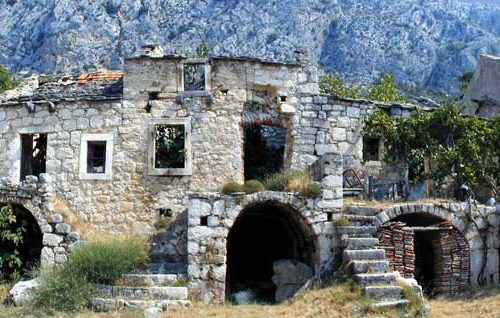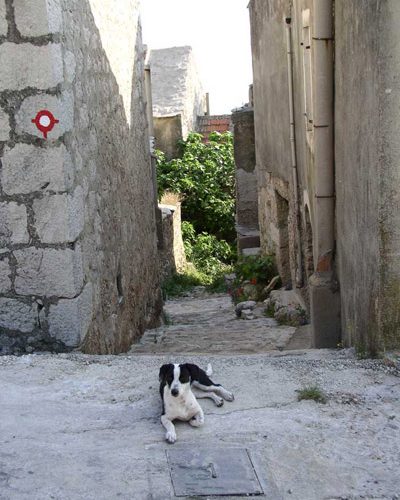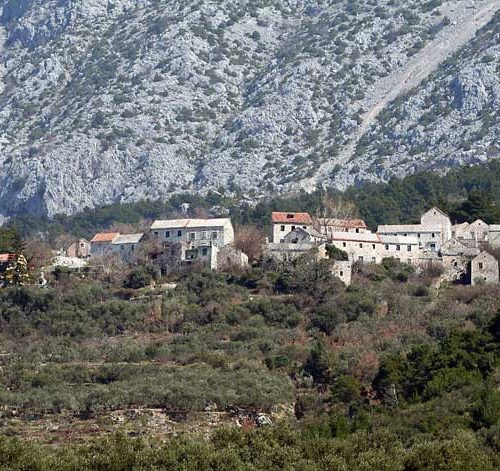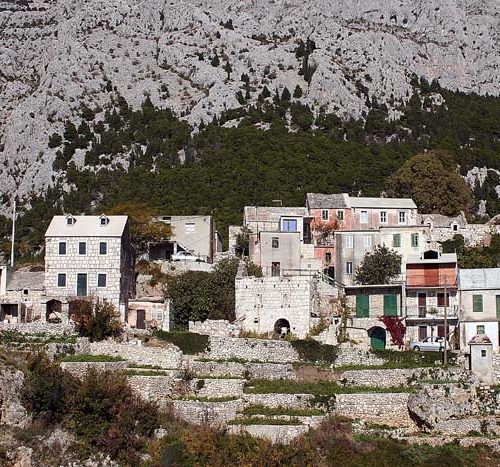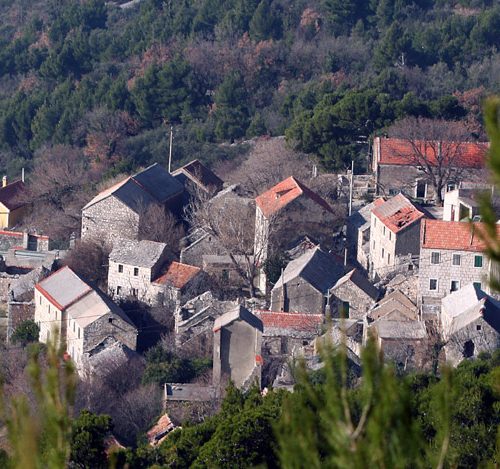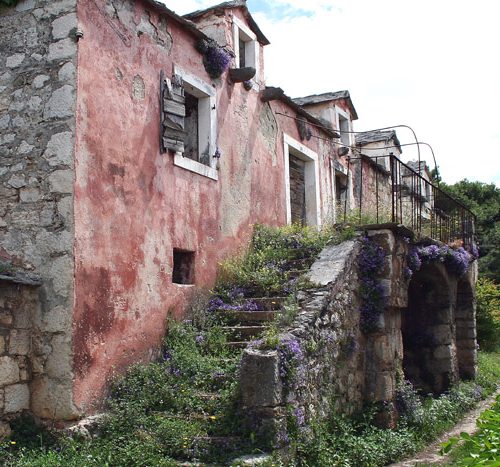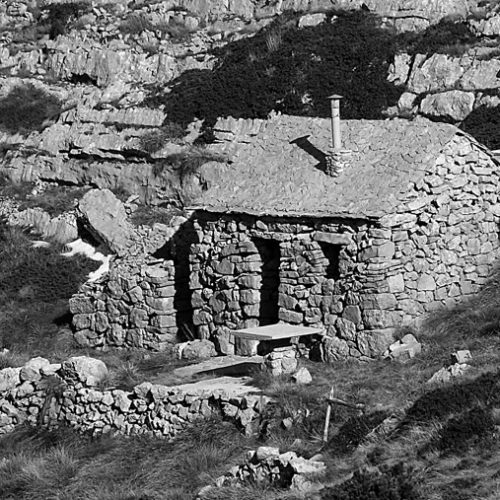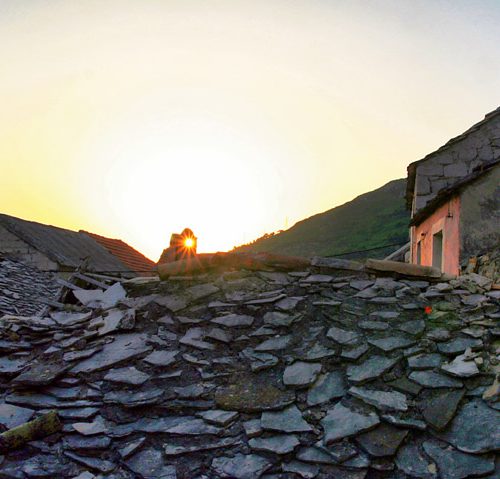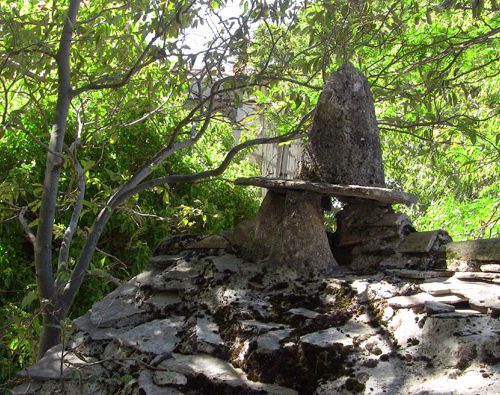SIGHTS
Archaeological proved a continuity of settlement in Tucepi the sea side of the mountain slope. The people lived here even in prehistoric times. Evidence for this period are found in the stone heap dating from second millennium BC, in which a man was buried. In Tucepi, these tombs erected in the vicinity of the earliest footpaths. Have been kept on a belt west of the Staza, the earliest transportation route for the mainland. At that time resident of Tucepi lived below elevations, and in the case of dangers, withdrew on them. These places are becoming fortresses, known as the castle. Such a castle town of Tucepi and opposing the fort at St. Sutvid. These positions are particularly inhabited during the Iron Age at first millennium BC. In contact with Roman civilization, then the wars, local resident was partially Romanized. Remains from the Roman period from 1st to 6th century in Tucepi found in several places. On Okrumbica, west of Sutvid, concealing the remains of a large villa rustica, the economic properties. Not far from it long ago discovered a Roman cemetery from the 2nd to 4th century. On their tombstones read the names of ancient inhabitants Tučepi (Lucy, Eli, Klevata). Another large Roman estate from first to second century, there were the sea, around the church of St. George. Within it was erected in early Christian church in the 5th-6th century, the forerunner of the present church of St. George from the 12th century foundations of the semicircular sanctuary of this church from the earliest Tučepi 5th-6th century are still visible, because within them in the 12th century, the church of St. George from the 12th century and where today the church of Our Lady of the cemetery, restored 1962nd according to its appearance in the 18th century, the remains of an early Christian church. Reflection organized Christianisation Croatian Neretva principality Tučepi the church of St. Type of Sutvid and St. Martin on sumartinju or Grebšiću, built in the 11th-12th century. Around them, there are medieval cemetery. These were excavated. At the church of St. George is still preserved Roman tombstone, which has long been taken for a monument to the Venetian doge Peter I. Candiano. He died on the 887th Tucepi beaches in the famous battle with the Venetians Croatian Neretvans. In the late Middle Ages, the 1434th Tucepi the Charter kreševskoj George Vojsalića and first mentioned in written sources. Around the church of Our Lady of the present cemetery has tombstones have been preserved from this time. It is about the tombstones and plates decorated krževima, swords and shields. About them with astonishment 1774th A. Fortis writes in his Viaggio di Dalmatia (Put in Dalmatia). From that time the 9 dedicatory crosses painted in red on the inside walls of the church of St. George. Ottoman period from the late 15th until the late 17th century belong Tučepi tower in the village, Bušelić, Lalic and Saric tower. Around their positions to shape today’s villages from the sea. Some churches have been renovated or built during the Venetian period after the departure of the Turks, and skromijim forms of the Baroque style. This is the church of St. Kate and St. Michael from the 18th st The parish church of St. Anthony, built in the historicist forms, dedicated 1,901th Church of St.. Rok 1924. also the subsequent religious requests the patron saint of defense against the plague. Since the plague killed Tucepi 1815th Shortly after the cessation of Napoleon’s brief reign. The most beautiful secular building is Kaštelet learned abbot Grubisic, friends, world-renowned travel writer A. Fortis. In Castel, raised 1765th a rustic building with supporting economic activities, Grubisic and hosted his friend in his ancient quest Tucepi. This building is the earliest precursor of modern Tucepi built in mid 20th century by the sea. Then build and hotels, among them 1950th Adriatic Sea, one of the most beautiful hotels on the Croatian coast. I Grubišićev mansion converted to hotel use. Revitalization of the picturesque town and villages Tučepi from 18th to 19th century, raised from the sea, especially contributing to the picture of historical and cultural heritage of Tucepi. This will be complemented by a rich ethnological content-related costumes and folklore traditions. The cultural offer of Tucepi is presented and contemporary exhibition galleries and points of art and music artists. Overall, including religious and work practices, representing Tucepi as spiritually and culturally very significant part of the coast of Dalmatia and Croatia.

